[ad_1]
Buying an iPhone is a big decision; it’s an expensive purchase and something you’ll likely be interacting with frequently every day. But even after you’ve decided that you want an iPhone rather than one of the best Android phones, the specific model is also a big choice.
There are quite a few different iPhones available – especially once you factor in older models – with some key differences between them, not to mention varying prices.
So with that in mind, here are the five main things you should consider when buying an iPhone.
1. Big or small
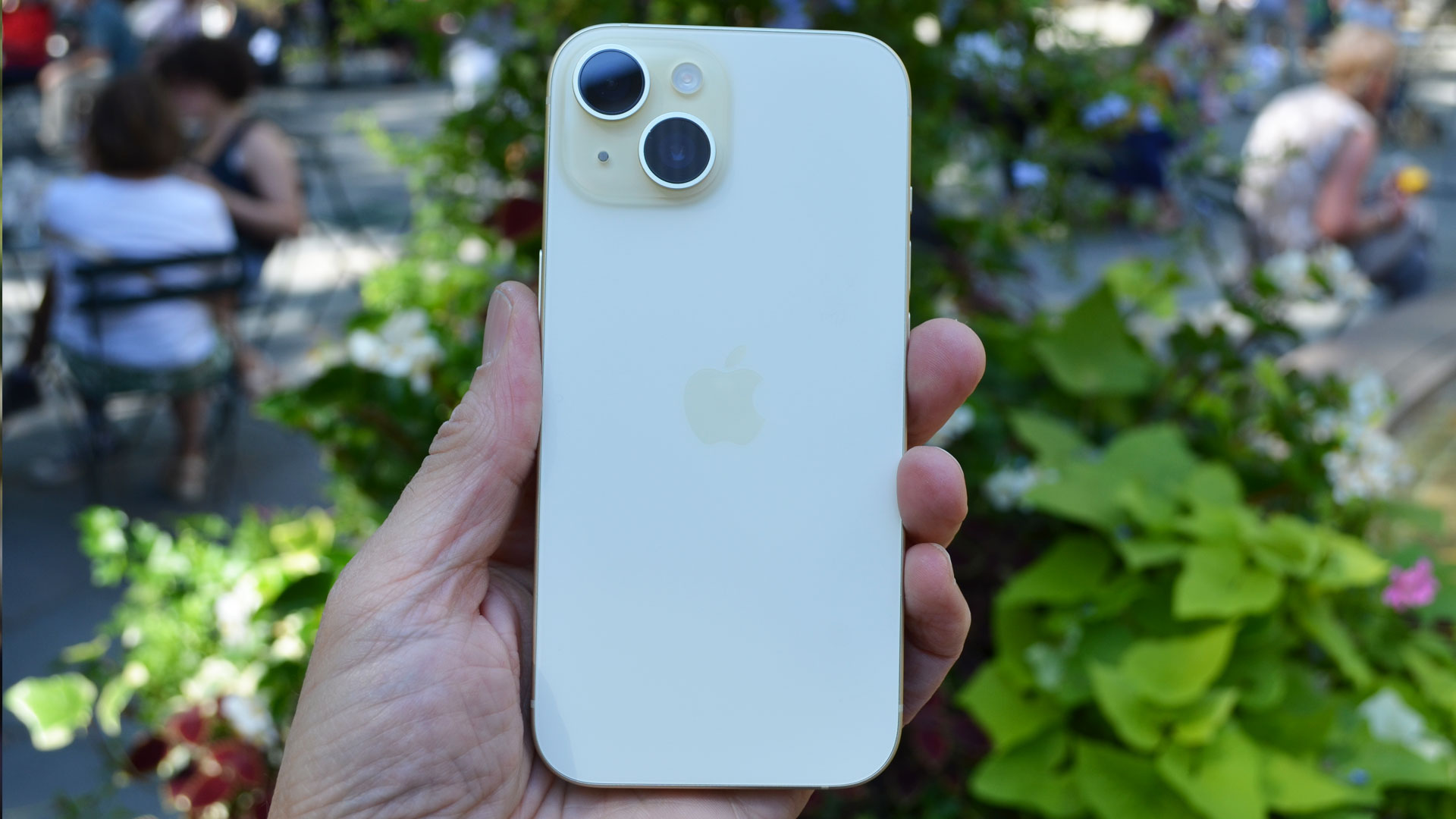
One of the most obvious differences between the many iPhones is their screen sizes. But if we’re looking at recent models, then there are only really three different sizes to consider.
At the top, there’s the likes of the iPhone 15 Pro Max and iPhone 15 Plus, which have 6.7-inch screens. That’s big, but still smaller than some Android phones like the Samsung Galaxy S24 Ultra.
Still, these are phones that you’re likely going to have to use two hands to comfortably operate, and that size also makes them bulky in pockets and bags. On the other hand, the large screen allows you to see more at once when web browsing, or get a bigger view of the action when playing a game or watching a video.
The next step down is 6.1-inch models like the standard iPhone 15 and the iPhone 15 Pro. These are substantially smaller, and therefore a better choice for one-handed operation, but they’re less pleasant to watch videos and the like on.
Finally, there’s the 4.7-inch iPhone SE (2022), which is a truly tiny phone, the likes of which we don’t often see anymore. If you miss the early days of smartphones where devices had big bezels and small screens then this could be for you, but its main selling point is simply that it’s cheaper than other recent iPhones.
2. Do you need a telephoto camera?
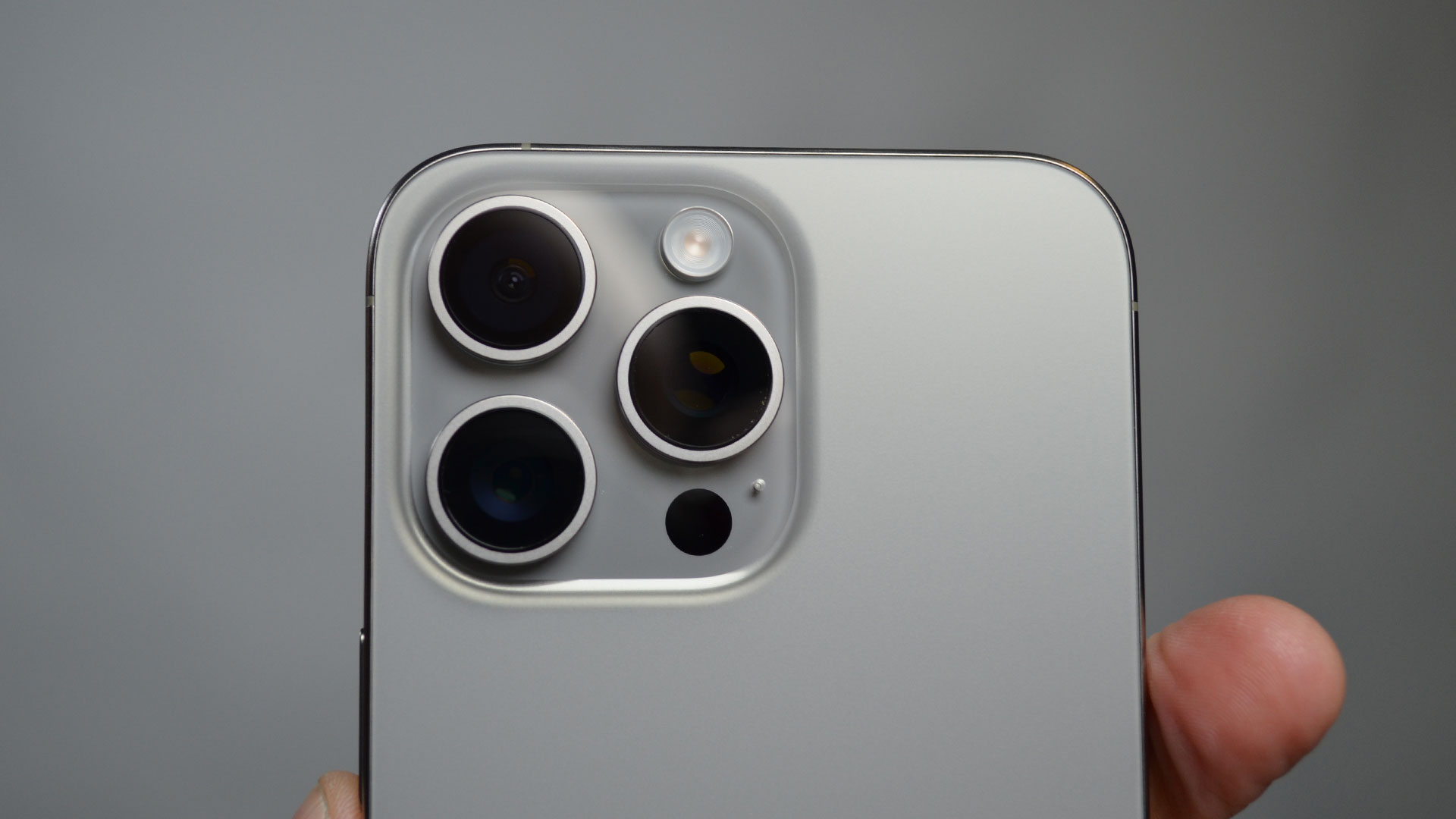
One of the main reasons for the ‘Pro’ in the name of iPhone Pro models is that they have telephoto cameras, which the standard and ‘Plus’ models don’t.
All of these phones (other than the iPhone SE 2022) have wide and ultra-wide snappers, but if you want an optical zoom then you’ll have to go Pro.
Being able to zoom optically gives you more versatility in photography, and can be especially useful if you want to shoot distant animals, details that are high up on buildings, or other things that you can’t easily get close to.
But if these aren’t things that you’re likely to often want to take pictures of – or you simply don’t much care about smartphone photography at all – then a telephoto camera probably isn’t necessary. In which case, you could potentially pick a cheaper non-Pro model.
3. Does refresh rate matter to you?
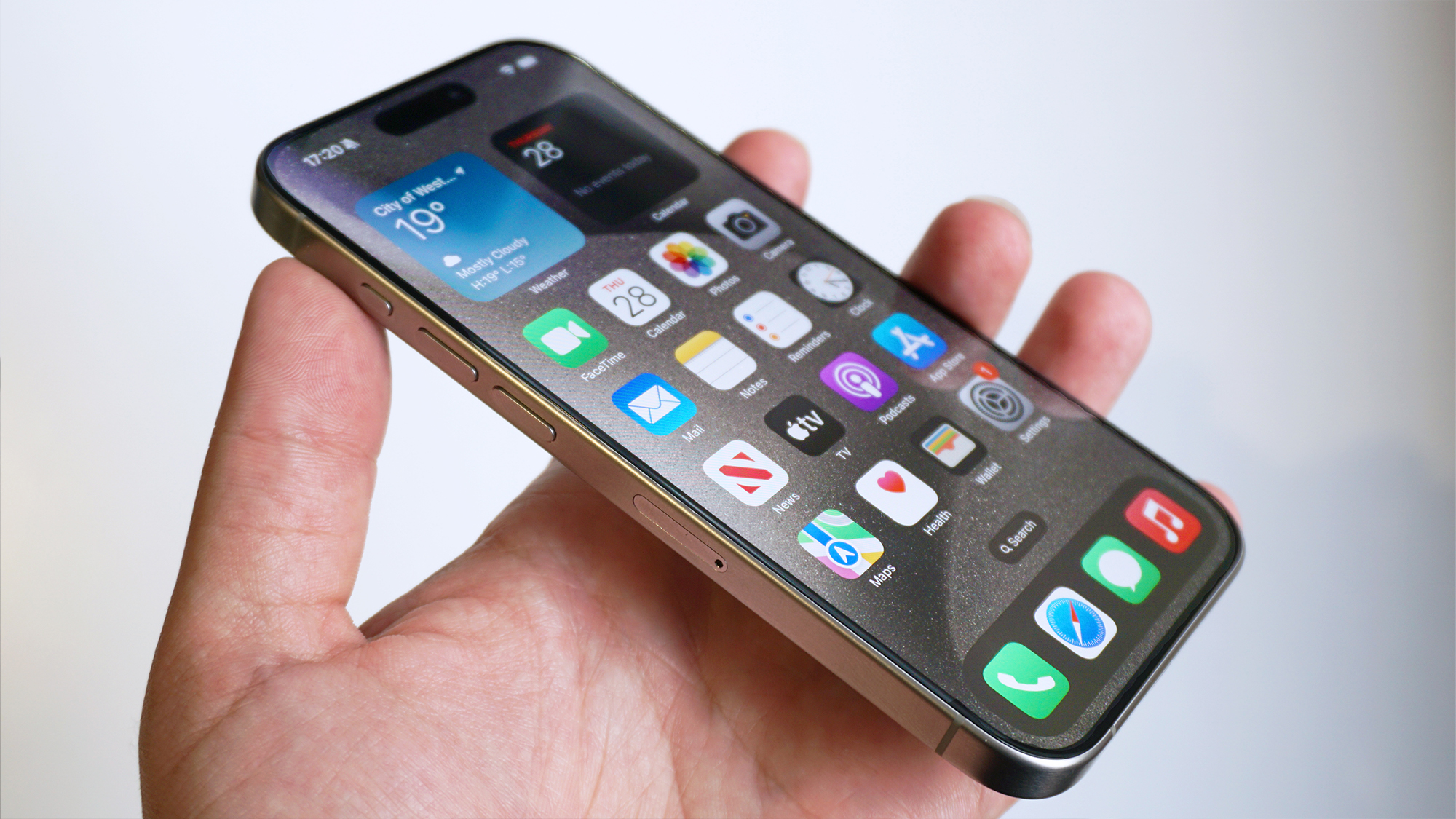
Another big difference between Pro models and non-Pro ones is the refresh rate, with the Pro iPhones having a 120Hz refresh rate, while the standard and Plus iPhones have just a 60Hz refresh rate.
That lower refresh rate makes scrolling less smooth. So if you’re swiping through emails or scrolling through your Twitter – sorry, X – feed, it will appear snappier on a 120Hz display. However, some people find this more noticeable than others.
If you’re aware that refresh rate matters to you then make sure you choose a 120Hz iPhone. If you’re not sure, then it’s worth checking what refresh rate your current phone has – if you’re rocking a 60Hz device and are fine with it, then there’s probably no great need to upgrade to 120Hz.
4. Battery life
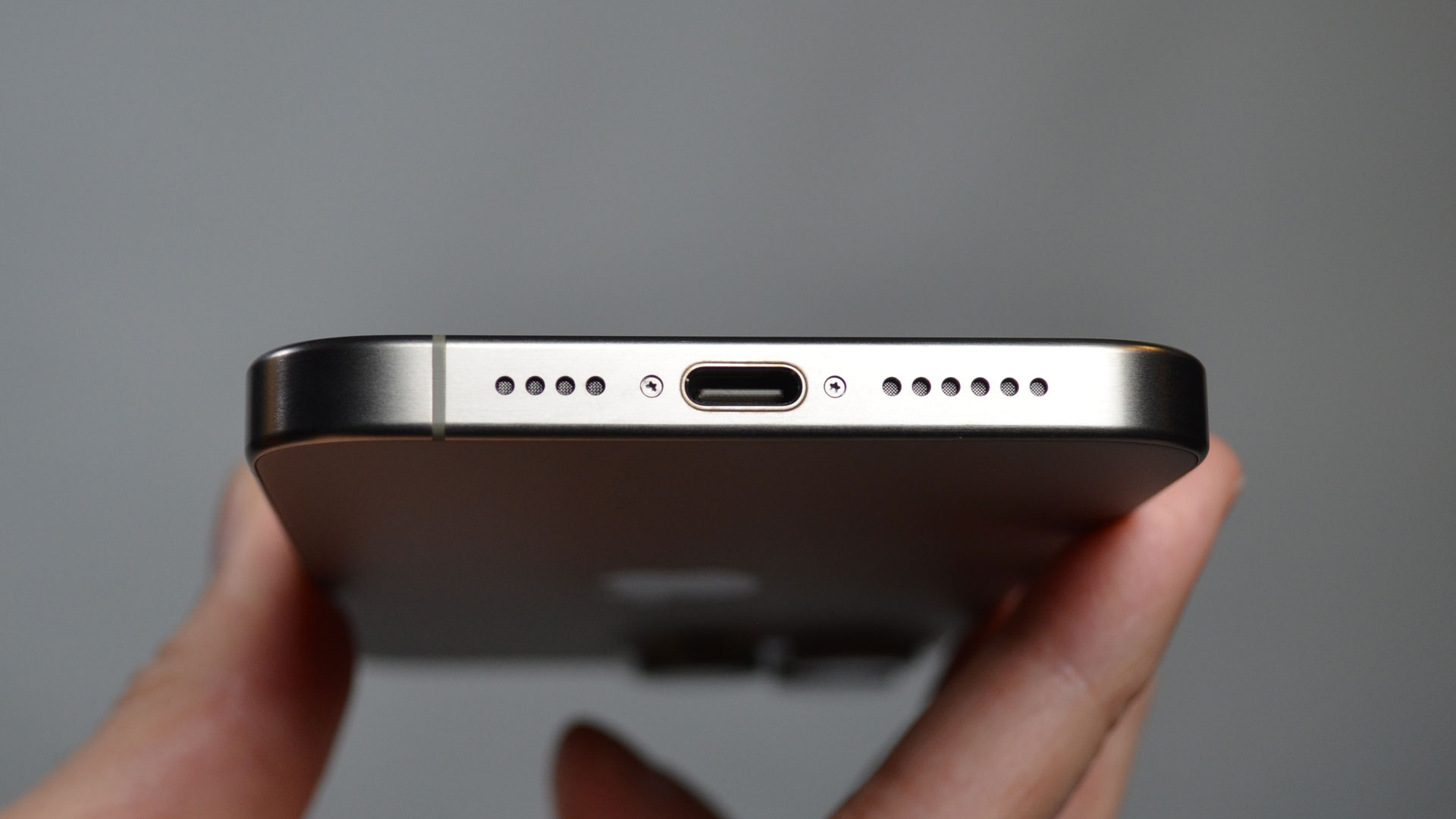
A big factor with any smartphone is its battery life, and this can vary a lot from phone to phone. In the case of iPhones, generally those with larger screens also have better battery life, as they can fit larger batteries in them.
That’s not universally true though, so it’s worth reading the battery section of our reviews for any iPhone you might be considering.
And it’s worth noting that no recent iPhones have bad battery life, some are just a lot better than others. If you’re often out and about with no ability to charge for extended periods of time – or simply find frequent charging annoying – then opting for something like the iPhone 15 Pro Max is probably best. But otherwise, smaller models like the standard iPhone 15 should still be fine.
5. Storage capacity
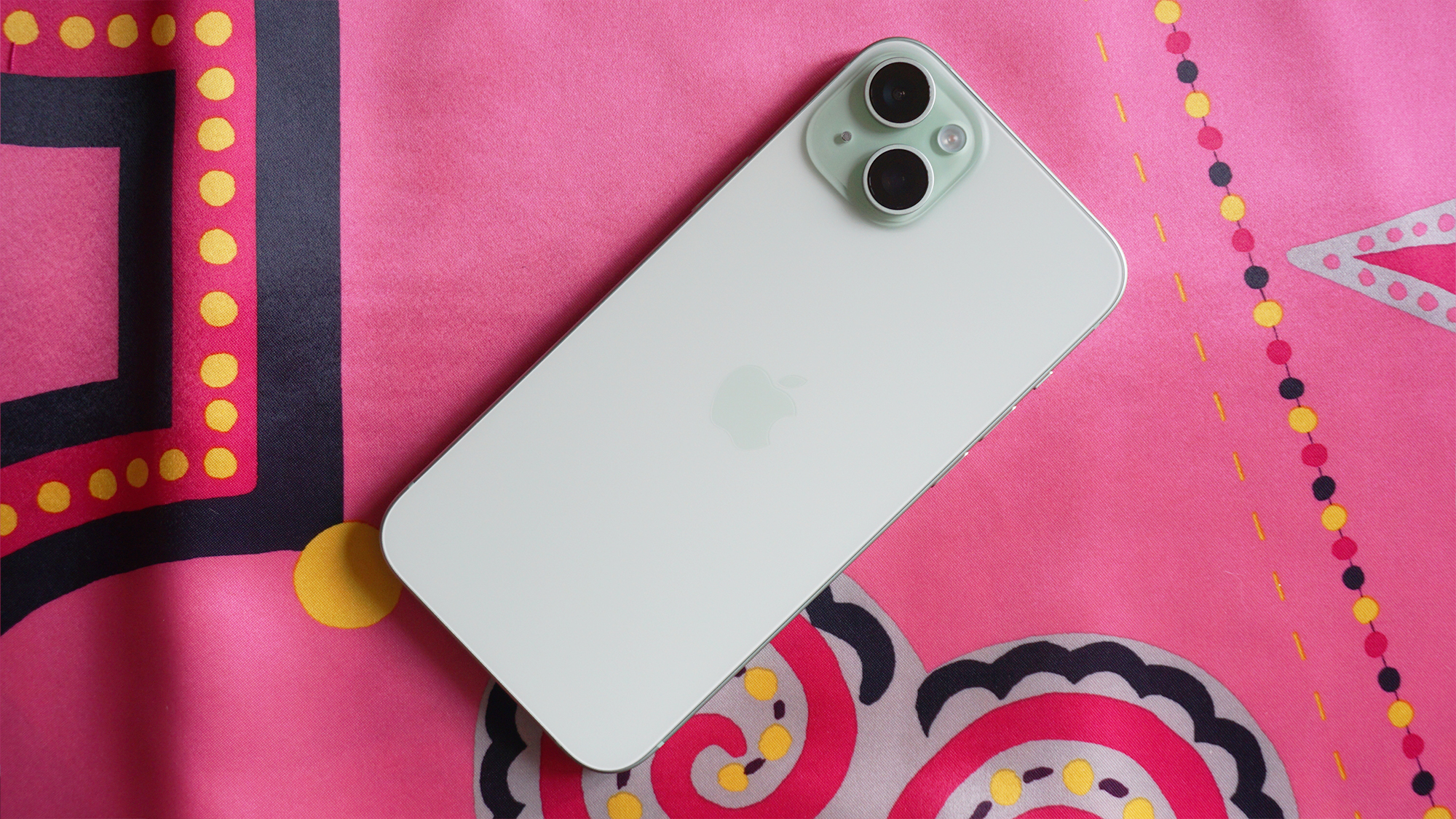
One final thing to consider is how much storage you need. iPhones don’t have microSD card slots, so the built-in storage is all you get.
Obviously, picking a higher storage capacity means paying more, but that’s likely better than finding you don’t have enough space.
If you’re buying a recent iPhone then you’ll be able to pick anywhere from 64GB to 1TB, depending on the model. We’d argue 64GB is too little for most people, so in general you should probably get at least 128GB if you can afford it.
Whether you need more than that really depends on how you plan to use your phone. Will you be downloading loads of big apps and games, or storing masses of photos and videos on there? If so, then you should probably go for at least 256GB, and maybe more.
But don’t forget you can make use of cloud storage, so you don’t necessarily need to store everything on your phone.
You might also like
- Best iPhone: which Apple smartphone reigns supreme?
- iPhone 16: release date speculation, latest leaks, price predictions and more
- iPhone 16 Pro Max: latest news, rumors and everything we know so far
[ad_2]
Source Article Link

